This 14 mission campaign follows the 29th Infantry Division in several major engagements starting from the landings on Omaha Beach through the following two weeks of the June offensive.
As a green national guard division, primarily from Virginia and Maryland, the 29ers had a particularly difficult time adjusting to the new bocage warfare. Led by an intelligent albeit headstrong CO, General Gerhardt, the 29ers often found themselves in difficult situations with unattainable objectives. Serving on the frontline continuously for a month and a half without rest, the 29ers suffered extraordinarily brutal casualty rates and rose to an even higher levels of courage as they continued the fight toward St. Lo.
For a complete roster of the 29th Infantry Division (including fates and casualties), please visit
http://www.angelfire.com/md/29division/ (Courtesy of Joseph Balkoski)
By Crushingleeek
2012

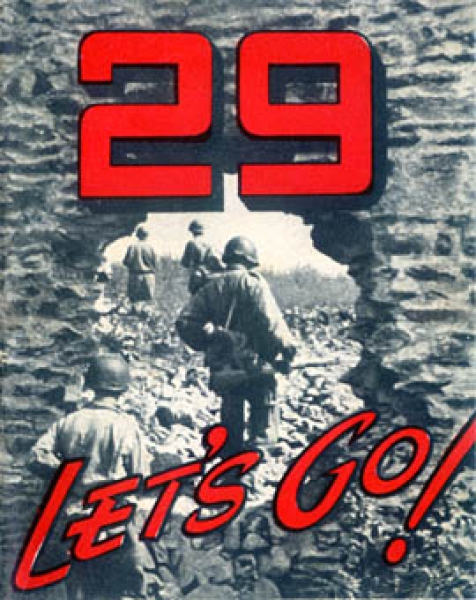
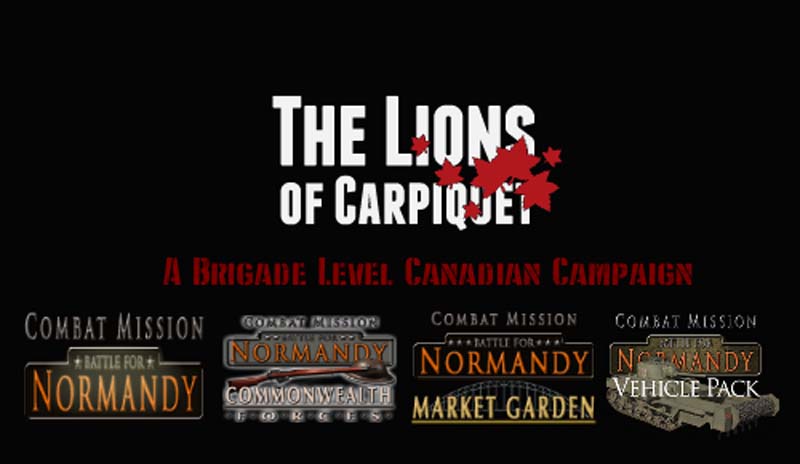
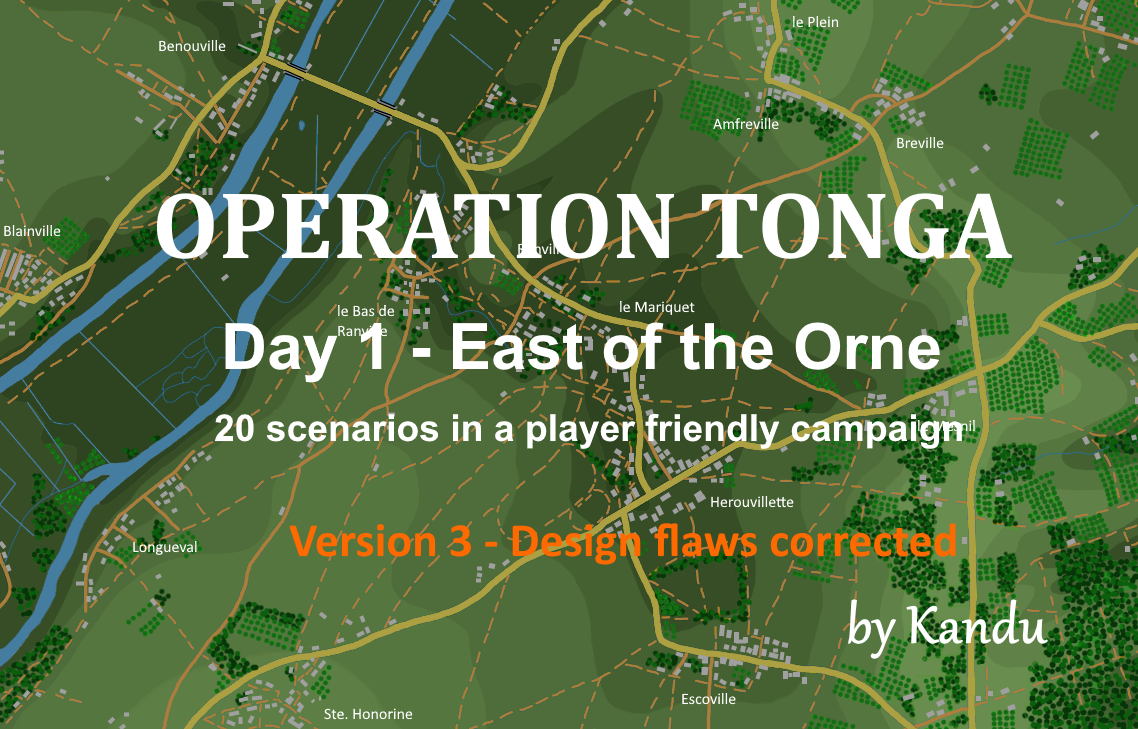
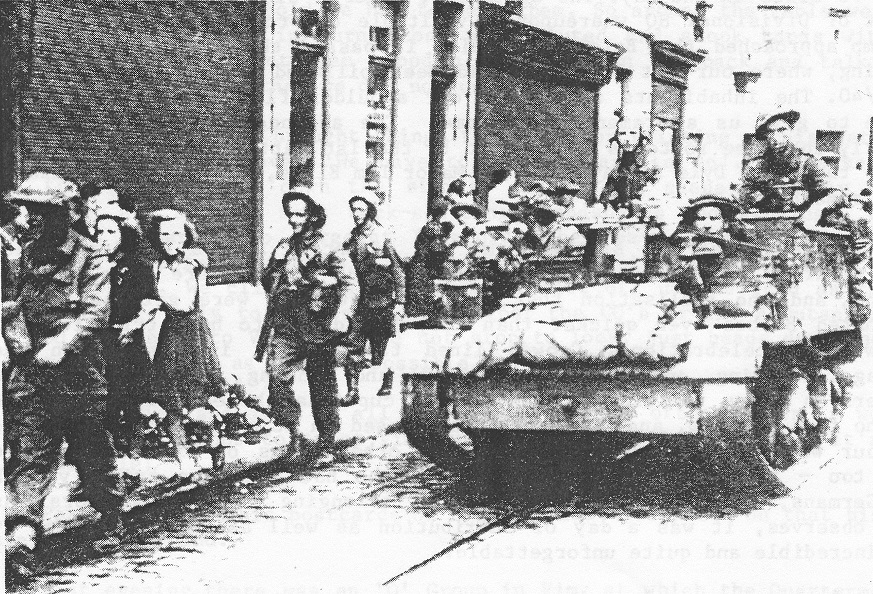
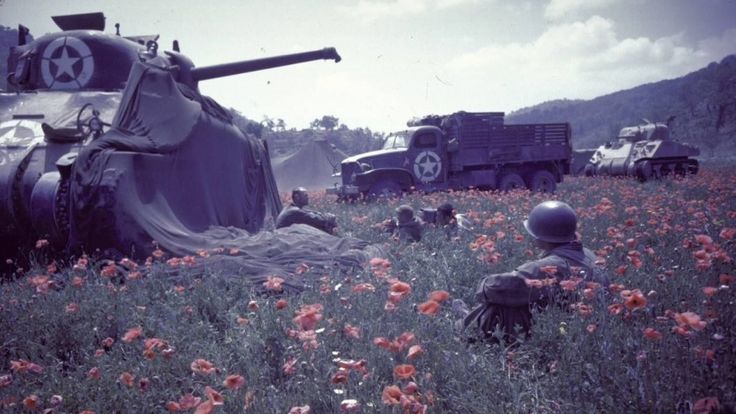
Would you mind telling me how is even possibile to play the first (and maybe second) mission without being completely slaughtered even before getting ashore? You can’t even choose inital positions, no smoke… it’s it playable apart from showing the slaughter of the landing?
Second mission was ok. I think that the first one is there only to show the horror of the landing in that particular sector. Very well pictured, anyway!
I’m glad I’m not alone with this assessment. I tried the first scenario twice and couldn’t complete either of them without self induced PTSD therapy.
Getting a consistent crash on the second mission with a pre planned bombardment and the tanks rushing forward
Where’s the download link?
1st game is not a playable game…. within the first 20 minutes US forces completely destroyed (mix of 20 personnel left available to fight and most panicked or broken).
Some Recommendations:
1. There should be additional Naval gun fire resources (HE and or Smoke Shelling…with caveats that to be used at start to allow at least a chance to get to the sea wall).
2. Tanks on the beach and no troops… This is not the case based based upon historical regimental records….
3. The beaches were likely a lot more cratered to allow some respite and gathering points…
4. Amount of bombardment and resultant sand smoke and debris would have cut sight lines down to allow troops to move forward.
Just played 1st mission as a co-op and pulled off a tactical victory. It was a challenging, bloody fight. We took all 3 objectives.
I was ready to throw in the towel first 10 minutes as the first wave, tanks included, got nearly annihilated. 2nd wave had a few more survivors. 3rd got shot up but not as badly as the first two. But we just kept at it. Was a lot of fun to do as co-op. In fact my friend and I will do the whole campaign that way. We each commanded a portion. Sometimes we’d adjust command based on circumstances (eg you take west side, I got east) but mostly it was unit based.
Ready for 2nd mission!